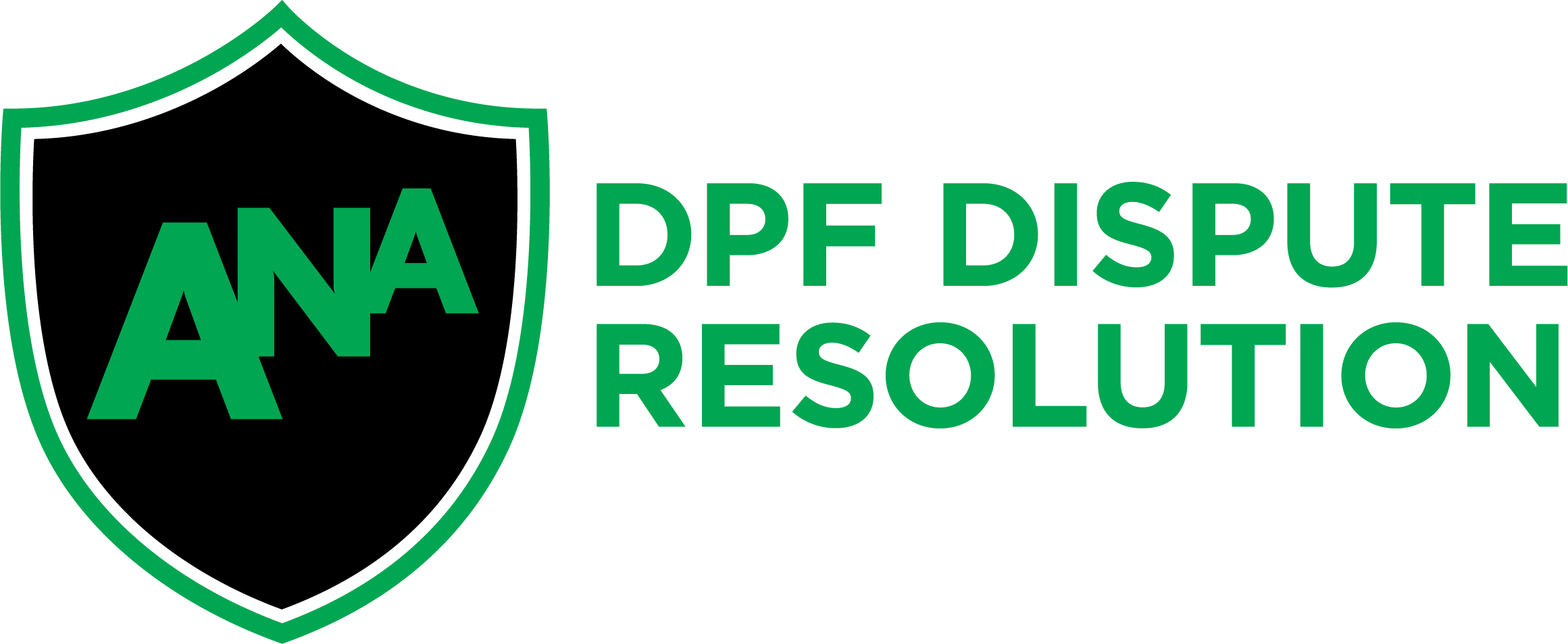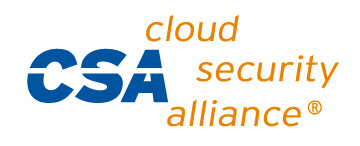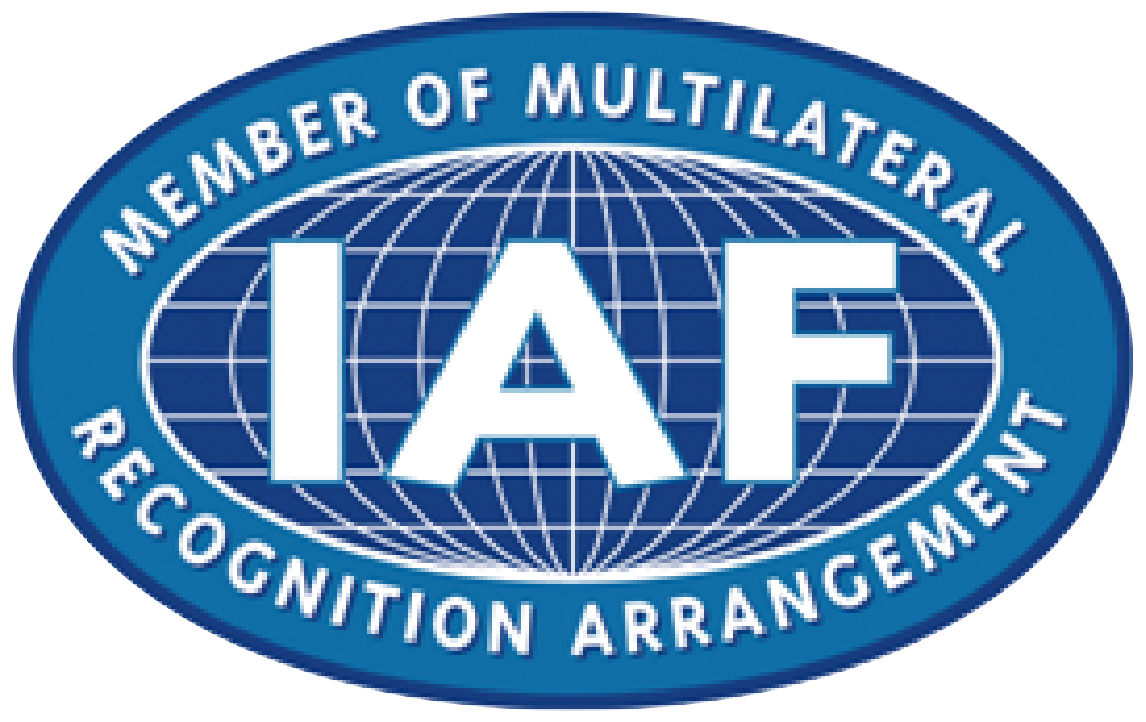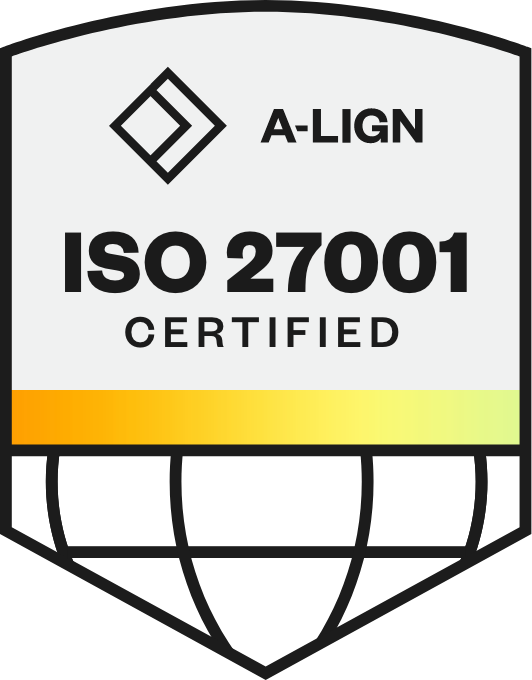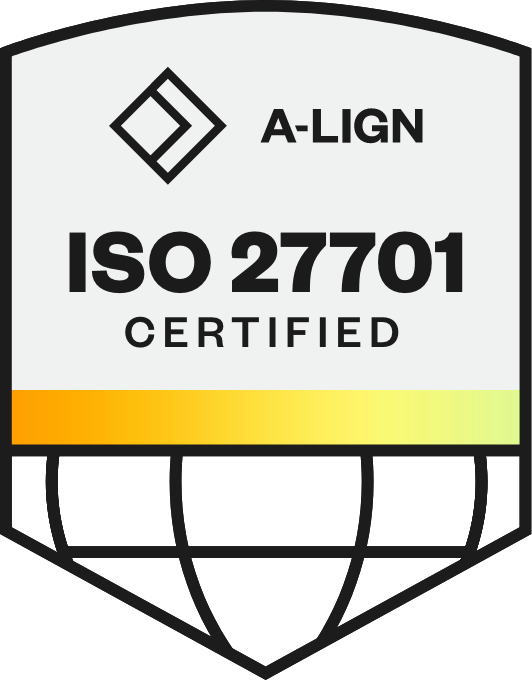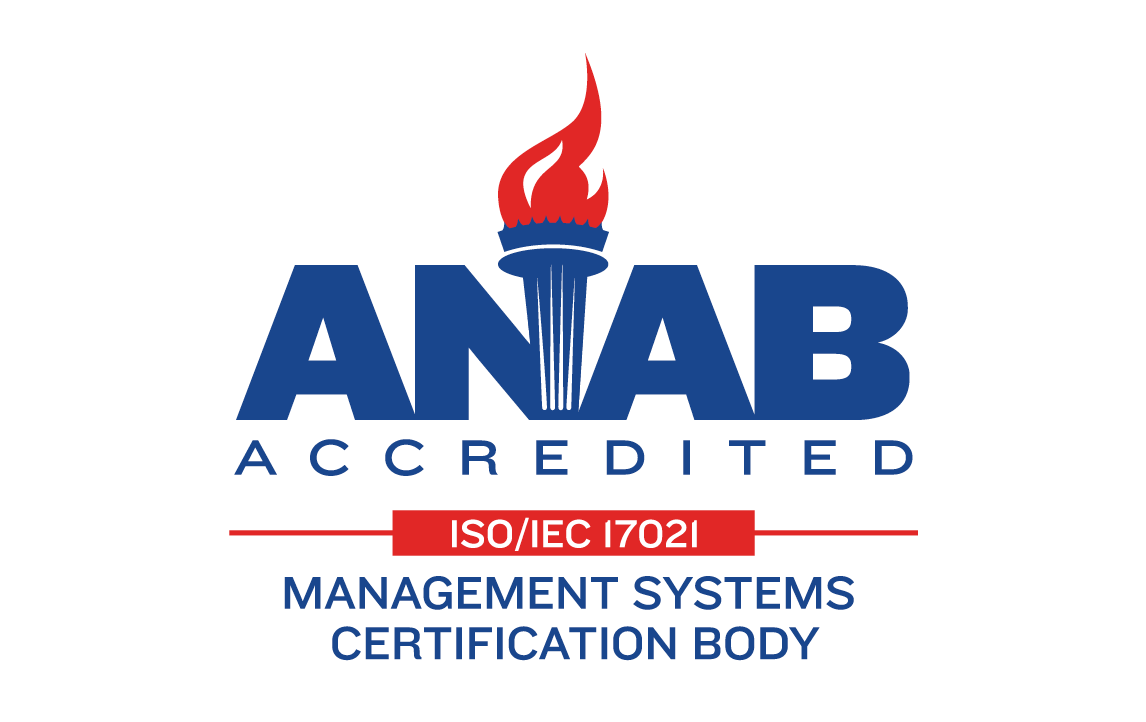
Choosing the Right HR Analytics Tools: Essential Features Explained
Organizations are starting to blend data insights with HR practices — a shift that’s transforming how teams manage today’s workforce.
So, what’s changed?
There was a time when annual reviews, spreadsheets, and intuition-based hiring were enough. But today’s challenges — like skill shortages, remote work, and shifting employee expectations demand a more dynamic approach.
The move toward data-driven HR is progressing rapidly.Research shows that between 2025 and 2030, automation is expected to reduce human-performed work tasks by nearly 15%, with 82% of that shift driven by advancing automation technologies. This momentum signals a larger transformation where HR analytics tools and HR automation solutions are essential for spotting workforce patterns, anticipating talent needs, and optimizing people processes. These tools help teams make faster, smarter decisions across hiring, retention, workforce planning, and beyond.
In This Article:
This guide will walk you through how HR analytics tools are reshaping workforce management through actionable insights. You'll learn what these platforms offer, why organizations are investing in them, and how to select the right solution for your needs. We'll also examine five categories of analytics tools — each designed to solve distinct HR challenges — and share practical guidance to support implementation.
What Are HR Analytics Tools?
Understanding the distinction between basic reporting and strategic analytics is fundamental to leveraging workforce data effectively. HR analytics tools go beyond simply collecting and displaying information to provide meaningful insights that drive better decision-making across the entire employee lifecycle.
To accomplish this transformation, these platforms operate across multiple levels of analytical sophistication. These platforms transform raw workforce data into strategic intelligence through four distinct analytical approaches:
Analytics Type | Purpose | Applications |
|---|---|---|
Descriptive | What happened? | Turnover rates, hiring volumes, and performance trends |
Diagnostic | Why did it happen? | Root cause analysis, correlation identification |
Predictive | What will happen? | Future turnover risk, hiring demand forecasts |
Prescriptive | What should we do? | Recruitment strategies, retention interventions |
Advanced HR analytics solutions integrate seamlessly with automation capabilities to create intelligent workflows. While analytics provide the insights, automation executes the responses, creating a powerful combination that enhances both speed and accuracy in HR processes. This integration enables proactive workforce management rather than reactive problem-solving.
Why HR Teams Are Investing in Skills Data, Analytics, and Automation
HR professionals are navigating an increasingly complex landscape of workforce challenges. Organizations work to address persistent talent gaps, elevated employee burnout rates, and growing expectations for diversity, equity, and inclusion progress. Analytics and automation help improve hiring, engagement, and retention by identifying skills gaps and tailoring development programs to meet employees' unique needs. Additionally, automation streamlines recruiting by handling tasks like resume screening and interview coordination quickly and more accurately, while predictive analytics help identify employees who may be at risk of leaving.
Real-time insights from automated systems continuously collect and analyze data from sources like employee feedback and performance reviews. This allows HR teams to detect trends and anticipate workforce changes quickly, enabling proactive decision-making rather than reactive responses. Market trends show that HR teams are increasingly integrating analytics and automation into their strategies to improve efficiency and align workforce planning with business goals, helping organizations stay competitive in today's evolving work environment.
Related: People Analytics: Transforming HR Decision Making with Data-Driven Insights
Benefits of Using HR Skills Data, Analytics, and Automation
The practical advantages of implementing HR analytics tools span multiple areas of workforce management. These key benefits demonstrate how data-driven approaches transform traditional HR practices:
Reducing time-to-hire while improving candidate quality represents one of the most immediate impacts. Analytics identify the most effective sourcing channels, optimize job descriptions based on successful hires, and predict candidate success rates. Automated screening processes filter applications using data-driven criteria, allowing recruiters to focus on high-potential candidates rather than manual resume reviews.
Anticipating turnover and planning workforce needs transforms retention from reactive to proactive. Predictive models analyze patterns in performance data, survey responses, and behavioral indicators to identify early warning signs of disengagement. This foresight extends to strategic workforce planning, helping organizations anticipate skill gaps and align hiring initiatives with business growth.
Uncovering DEI gaps and driving accountability through objective measurement reveals disparities that might otherwise remain hidden. HR automation solutions flag potential bias in recruitment processes and track progress toward diversity goals using concrete metrics rather than subjective assessments.
Saving time on manual reporting through automated dashboards eliminates hours of data compilation work. Real-time dashboards update continuously, providing instant access to current metrics and freeing HR professionals to focus on analysis and action rather than report creation.
Improving decision-making at every organizational level creates a ripple effect of better outcomes. Managers receive data-backed recommendations for team development, while executives gain workforce insights that inform strategic planning and resource allocation.
Want deeper insight into your team’s capabilities? Start with Skills Snapshot.
Key Features To Look For In HR Analytics Tools
Selecting the right analytics tools requires understanding which capabilities address your specific HR challenges rather than focusing on vendor names or marketing features. Below are a couple of essential features to consider:
Real-time data access and automated reporting eliminate the problem of outdated insights and the manual effort to consolidate data. It’s paramount to seek out platforms that provide live dashboard updates, enabling faster, more informed decisions. This removes manual reporting bottlenecks and offers instant visibility into your organization's current talent analytics. This capability proves especially valuable for organizations needing to respond quickly to emerging trends or sudden changes in workforce dynamics.
Seamless bi-directional integration with existing HR systems addresses the challenge of data silos and disconnected processes. The most effective people analytics tools connect with your current applicant tracking systems, human capital management platforms, and other HR technologies without requiring complete system overhauls. This integration ensures comprehensive analytics coverage while preserving your existing workflow investments. Selecting a vendor with a strong integration ecosystem ensures you can optimize your HR tech investments.
Advanced predictive modeling and AI-driven insights tackle the limitation of backward-looking analysis. These capabilities use machine learning algorithms to identify patterns humans might miss, transforming historical data into forward-looking guidance for strategic planning. Organizations struggling with reactive HR approaches benefit most from these predictive capabilities.
Data-triggered workflow automation solves the problem of manual follow-ups and inconsistent responses by ensuring timely, consistent actions based on real-time insights. Beyond providing insights, the most valuable platforms automate routine tasks such as candidate scoring, risk alerts, and dashboard updates. This automation ensures consistent execution while freeing HR professionals for higher-value activities.
Robust security and compliance management address the critical challenge of safeguarding sensitive employee data. As data privacy regulations grow stricter, comprehensive security features and built-in compliance tools have become essential for protecting workforce information. Effective platforms provide audit trails, role-based access controls, and adherence to relevant data protection standards.
5 Best HR Analytics Tools For Your Teams
Understanding the specific features to evaluate is only part of the selection process. The next step involves recognizing which types of platforms align with your organization's unique challenges and objectives. Rather than getting overwhelmed by countless vendor options, focusing on capability categories helps narrow your search to solutions that solve your problems. Some of the main capabilities worth considering are:
Workforce Planning and Forecasting Platforms
Workforce planning solutions address the challenge of anticipating future talent needs and strategic workforce alignment. They excel at attrition modeling, hiring demand forecasting, and retirement risk analysis. Organizations use these platforms to conduct scenario planning tied directly to business objectives, supporting both short-term hiring decisions and long-term workforce strategy development. The most effective implementations help align talent planning with business growth projections and anticipate workforce needs before gaps emerge.
Related: Mastering Workforce Dynamics: Merck KGaA Germany’s Cutting-Edge Approach
Talent Funnel Analytics Dashboards
For recruiters, gaining visibility into your talent pipeline is essential to remain organized. Without visibility into current jobs, leads, and applications, hindrances in your hiring process are bound to creep up. To address common recruitment bottlenecks and missed optimization opportunities, user-friendly dashboards — like those in the Phenom Talent CRM — track candidate progression across all stages in the hiring process, from initial sourcing through application, interview, offer, and hire. They provide granular visibility into recruitment performance, helping talent acquisition teams identify process inefficiencies and optimize conversion rates at each stage. Many integrate directly with existing applicant tracking systems to provide enhanced analytics without disrupting established workflows.
AI-Powered Candidate Matching and Rediscovery Solutions
AI-powered tools that use Fit Scores help tackle challenges like candidate quality and time-to-fill. They assess applicants based on role requirements, skills, and location to surface top matches, including silver medalists from existing databases. By using machine learning, these tools improve match quality and speed up hiring by making better use of existing talent data. The most advanced systems even learn from past hiring outcomes to refine their accuracy over time.
Related: Phenom Fit Score: 2025 Report
Employee Experience and Engagement Analytics Platforms
These comprehensive solutions tackle the complex challenge of workforce satisfaction and retention risk. They collect feedback through multiple channels, including surveys, sentiment analysis, and behavioral signal monitoring. HR business partners use these insights to identify disengagement, burnout, or morale issues before they escalate into turnover. Advanced platforms include proactive risk detection and automated intervention recommendations based on engagement patterns.
Performance, Learning, and Development Analytics Tools
These platforms solve the challenge of connecting individual growth with organizational needs. They analyze performance outcomes, skill development, and competency gaps to support strategic talent development. Career pathing tools help employees stay engaged and empowered to take control of their growth, while knowing your organization is invested in them. These tools can also include succession planning visibility that delivers pipelines of potential successors. The most effective implementations connect performance data with learning recommendations and advancement opportunities.
Choosing The Right Tool For Your Organization
Successful implementation of HR analytics tools requires a careful roadmap between organizational needs, existing capabilities, and available resources. Key considerations for your selection process include:
Begin by defining your primary business objectives and assessing your current data maturity level. Organizations with limited analytics experience benefit from user-friendly platforms with strong support and pre-built insights, while data-mature teams can leverage more sophisticated tools that offer customization and advanced analytical capabilities.
Consider your team size and internal expertise when evaluating platform complexity. Smaller HR teams need intuitive interfaces and automated insights that require minimal technical knowledge, while larger organizations might benefit from customizable platforms that support multiple user types and complex analytical requirements.
Evaluate integration requirements and total cost considerations carefully. Assess how new tools will connect with existing systems, whether your budget supports both initial implementation and ongoing maintenance, and what training resources will be needed for successful adoption.
Frequently Asked Questions about HR Analytics Tools
What distinguishes HR analytics from basic HR reporting?
HR reporting provides historical data about past events, while HR analytics tools explain why events occurred and predict future trends. Analytics platforms offer deeper insights, pattern recognition, and predictive capabilities that go far beyond basic reporting functions.
Do these platforms require technical expertise to operate effectively?
Modern people analytics tools are designed specifically for HR professionals rather than data scientists. Most platforms feature intuitive interfaces, pre-configured dashboards, and automated insights that require minimal technical knowledge to use effectively.
What are the four primary types of HR analytics?
The four categories are descriptive analytics (what happened), diagnostic analytics (why it happened), predictive analytics (what will happen), and prescriptive analytics (what actions to take). Comprehensive platforms typically support multiple analytical approaches.
Which HR metrics provide the most strategic value?
Essential metrics include time-to-hire, employee turnover rates, engagement scores, performance indicators, training completion rates, and diversity metrics. The most valuable metrics align directly with your organizational priorities and provide actionable insights for decision-making.
What key performance indicators work best for HR analytics?
Effective KPIs include cost-per-hire, employee net promoter scores, internal mobility rates, training return on investment, and time-to-productivity for new employees. Select KPIs that connect to business objectives and provide clear direction for improvement efforts.
Moving Forward with HR Analytics
HR analytics tools represent a strategic transformation in workforce management rather than simply a technology upgrade. These platforms enable data-informed decision-making that fundamentally changes how organizations attract, develop, and retain talent. When combined with HR automation solutions, they create scalable, proactive HR capabilities that deliver measurable business results. The evolution from intuition-based to insight-driven HR practices is becoming essential for organizational success. Companies that embrace this transformation gain significant advantages in talent acquisition, employee retention, and workforce planning that directly impact business performance.
Your implementation strategy should start with identifying your most pressing HR challenges and highest-impact opportunities. Focus on the problems that currently cost your organization the most time, resources, or talent, then build your analytics capabilities systematically to address these priorities. The future of effective HR management is data-driven, automated, and strategically aligned with business objectives. Success depends not on whether to adopt these capabilities, but on how thoughtfully and quickly you can implement them to create a competitive advantage in talent management.
Transform your recruitment strategy with real-time hiring insights. Book a demo of Phenom Talent Analytics to see data-driven talent management in action.
Devi is a content marketing writer who is passionate about crafting content that informs and engages. Outside of work, you'll find her watching films or listening to NFAK.
Get the latest talent experience insights delivered to your inbox.
Sign up to the Phenom email list for weekly updates!



